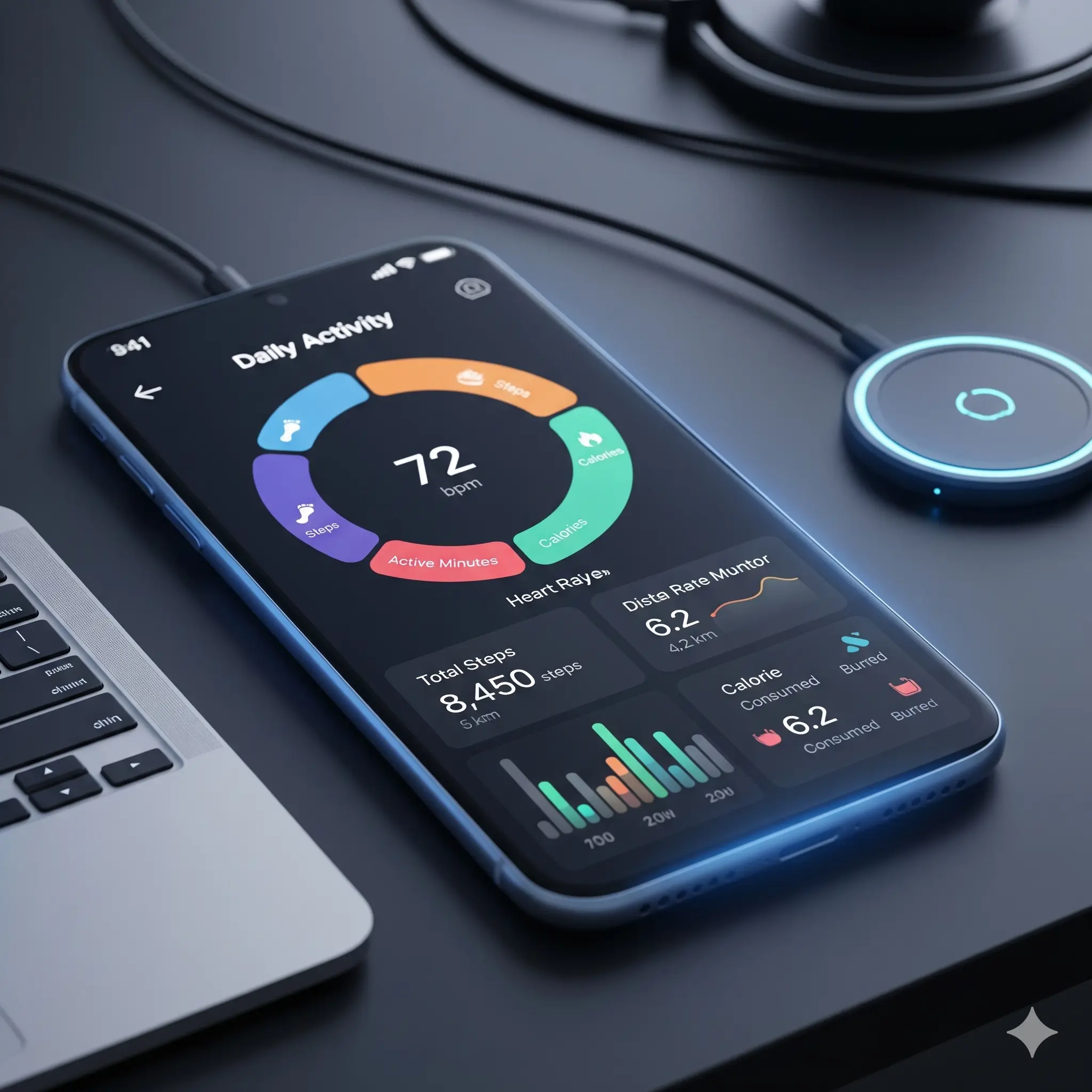In todays rapidly evolving, technology-driven environment, software applications are often judged by their ability to deliver an exceptional User Experience. From mobile applications to websites to desktop software, users expect a high level of user experience (UX) from these tools. This blog will explore the essential role UX plays in software design and why it is essential for the longevity and success of any digital product.
Understanding User Experience (UX)
Before delving into the importance of User Experience (UX) in software development, it is important to comprehend what UX encompasses. UX is an interdisciplinary field that focuses on the overall user experience (UX) when interacting with software applications. This includes the user’s perception of the application’s user experience, usability, performance, visual appeal, usability, and overall contentment. UX design encompasses more than just the visual appeal of an application; it involves the development of a user-friendly, streamlined, and enjoyable experience.
The Significance of UX in Software Design
- First Impression Matter: When a user interacts with a software application for the first time, their initial impression can be decisive. A user-friendly interface that is easy to use and intuitive not only captures the users attention but also builds trust and confidence. On the other hand, a cluttered or disorganized interface can cause frustration and encourage users to look for alternative solutions.
- User Retention and Loyalty: An application that offers a user-friendly user experience is more likely to maintain users and attract their loyalty. Users typically return to software that provides a smooth user experience and satisfies their requirements. User experiences lead to user confidence and advocacy, which can potentially convert users into loyal customers.
- Reduced Support and Training Costs: Intuitive User Experience (UI) design eliminates the need for comprehensive training and support for users. When an app is self-documenting, users are able to navigate through it with minimal prompts, thus reducing the need for customer support and reducing costs for users and software vendors.
- Increased Productivity: A user experience (UX) design for business and productivity applications can significantly improve user productivity. When an application is user-friendly and easy to comprehend, users can complete tasks more efficiently and accurately.
- Competitive Advantages: In a highly competitive digital environment, a high-quality user experience distinguishes you from your competitors. Users tend to select software that is easy to use, productive, and visually appealing. Furthermore, positive reviews and recommendations from users increase your competitive advantage.
- Brand Image and Credibility: The user experience (UX) of your software has a direct impact on your brands reputation and trustworthiness. A bad UX can damage your brands reputation, while a good UX can demonstrate your brands credibility and innovation.
- Accessibility and Inclusivity: One of the primary goals of UX design is to ensure that software is accessible to a wide variety of users, including people with disabilities. By designing with accessibility in mind, you ensure that your software is accessible and usable for all users, which is, in many cases, a legal requirement and a moral obligation.
- Data-Driven Improvements: In a well-engineered software application, embedded analytics and feedback mechanisms are available. These tools enable continuous data collection on user behaviour and preferences, enabling data-driven enhancements and improvements over time.
- Adaption to Changing Technology: As technology advances, so do the expectations of users. Software with a well-developed user experience (UX) design can more readily adjust to changes in device, operating system, and user behaviour. This flexibility is essential for a software products long-term viability.
Key Principles for Effective UX Design
In order to achieve a high level of user experience, it is essential to adhere to certain fundamental principles.
- User-centered Design: In order to begin, it is necessary to gain an understanding of the requirements, behaviours, and difficulties of the target audience. This can be achieved through the use of user personas or user journey mapping.
- Simplicity: The user interface and interactions should be as straightforward as possible. It is important to avoid clutter and unnecessary complexity.
- Consistency: A consistent design language should be maintained across the application. It should be possible for users to anticipate the behavior of elements and interactions based on prior experience with the software.
- Feedback and Guidance: Provide users with unambiguous feedback regarding their actions. This may include error notifications, confirmations, or instructions on how to carry out tasks.
- Responsive Design: Make sure that your software is available and operational on a wide range of devices, screens, and orientations.
- Accessibility: Include users with disabilities in your software development. This includes the use of appropriate headings, the use of alt text when displaying images, and the accessibility of keyboard navigation.
- Performance: The impact of slow loading times, errors, and crashes on the user experience can be devastating. To ensure a smooth user experience, it is important to prioritize performance optimization.
- Testing and Iteration: To ensure that your software remains user-focused and up-to-date, it is recommended to continually evaluate your software with real-world users and make changes based on their input.
Conclusion:
UX in software design isn’t just about making your software look good. It’s about creating a smooth and seamless interaction between your users and your technology. A good UX is essential for retention, brand trust, and long-term software success.
UX design is not just a choice; it’s a strategic necessity for every software developer and company. By prioritizing UX, you’re setting your software apart from the competition, connecting with your users, and adapting to changing technology and user trends. Ultimately, your software’s success isn’t about what it does, it’s about what it does from the user’s point of view.












